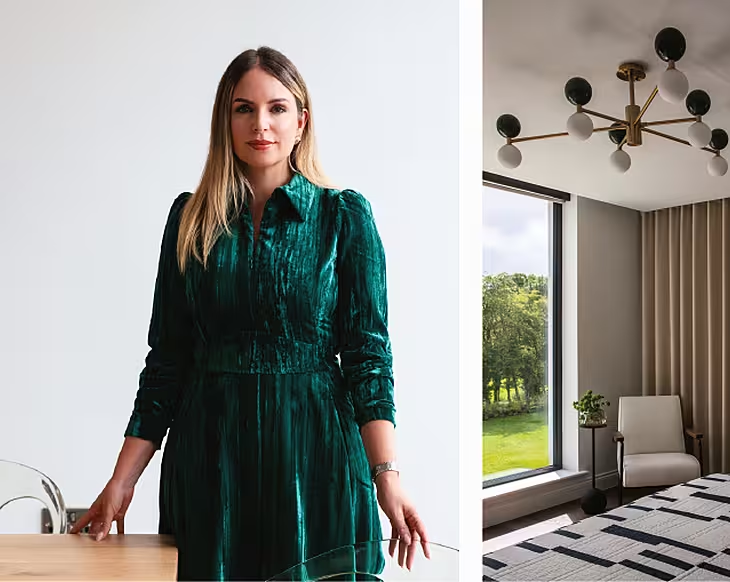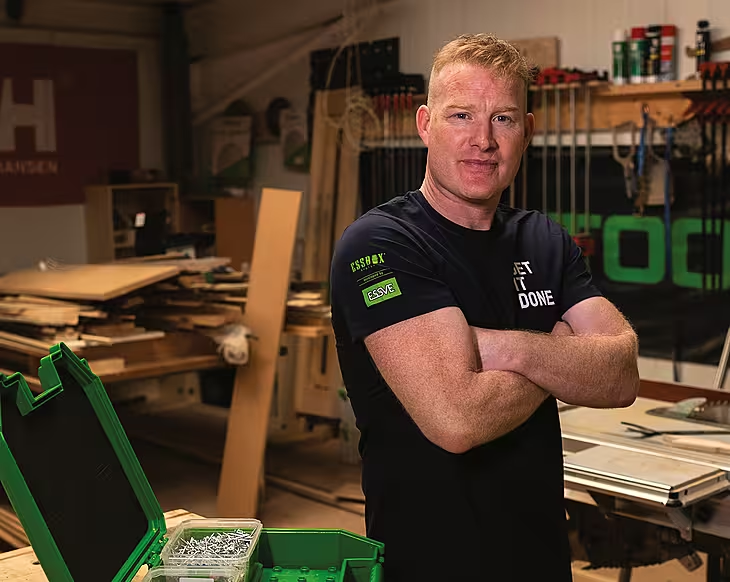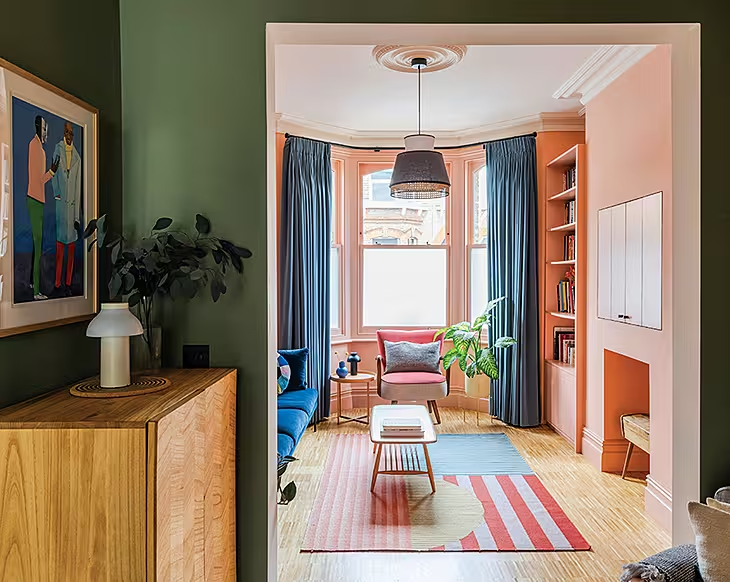How do I declutter my home? It's a question we've all asked, often in frustration as we're halfway through a clear out that seems neverending.
For a while there we were all obsessed with decluttering our homes the Marie Kondo way - turning our homes from hoarders' dreams to a picture of Scandi minimalism. But it's an uphill battle. You get one room tidied up and totally decluttered and by the time you reach the end of the next room, the first has started to build up stuff that has just seemed to appear from no where.
Keeping the clutter at bay could be a full time job in itself if you let it, but who has time for that? We asked Jude O'Meara, the managing director of Elephant Self Storage - a family-run, Irish-owned storage facility - for her top tips on decluttering our homes and keeping them that way. Here are her ten tips and tricks!
How to declutter your home, according to Jude O'Meara
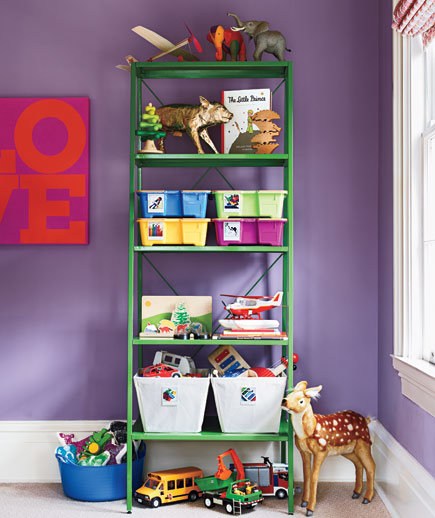
1. One area at a time
Decluttering can become a mammoth task if you take on more than you can handle. The best and most efficient way in clearing out your home is to start small. Choose a designated space within your home to declutter and focus on this area until it has been completed.
2. Stick to a schedule
Schedule a set amount of time to tackle the space you aim to declutter. When we set out to declutter an area we are full of enthusiasm and dive right in hoping to get through everything quickly. However decluttering is a time consuming task and takes longer than expected. It is important to set aside an agreed period of time to work on the space and come back and finish on another occasion if necessary. This will ensure you don’t become overwhelmed with the task in hand and end up creating more clutter.
3. Don’t let your emotions take control
Decluttering can be an emotional and tiring experience and many of us are not aware of how difficult a process this can be. While some items can clearly be discarded, other items can be harder to part with. It is important when decluttering to mentally prepare yourself, maintaining a ruthless approach. If you allow your emotions to rule your decisions, you will find that very little progress will be made. Logically think about each item and if they are not being utilised, it is time to discard.
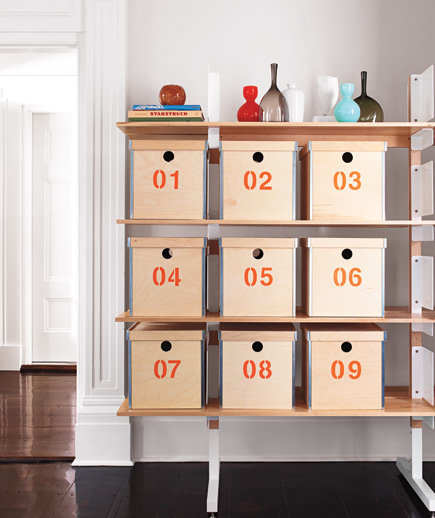
4. Identify what you really don’t need
This is the simplest step in the decluttering process and can feel very rewarding. Discarding items that you know you no longer want or need can be a great motivator and give a real sense of accomplishment, spurring you on to continue through the rest of the task ahead.
5. Divide items into keep, donate, storage
What is left over after removing the items you want to discard will need to be divided into three piles: (i) keep, (ii) donate, (iii) storage. The best way to approach this is to have three large bags or cardboard boxes and, as you work your way through the space, decide where each item belongs. When storing items, use good quality boxes as they are easier to stack than plastic bags. Number the boxes and make an inventory of the contents by taking pictures or making a list. Save this information on your mobile or PC. Elephant Self Storage also have a number of helpful tutorial videos on their website offering the best techniques to wrap up your items carefully when preparing for storage.
6. Would you replace it if you lost it?
While decluttering may sound like an easy task, this is often not the case in reality. Each item we own we have collected over the years and may hold some sentimental value which can make things hard to part with. Many items we hold onto have no real purpose and are taking up much needed space in our homes. An important question to ask yourself is ‘Would you replace it if you lost it?’ The answer to this question will clearly indicate your true feelings toward this item and if the answer is no, it is best to remove it from your home.
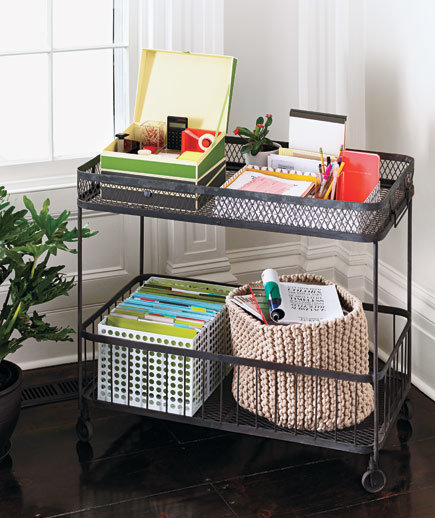
7. Six month rule
Another benchmark to help you decide is the six-month rule. Take into consideration the last time you have used a particular item. Has this been within the last six months or has it been longer? Many of us hold onto items that we think we use regularly, but in reality, hardly ever get used. If something has been gathering dust on a shelf or lurking at the back of the wardrobe without being used for over six months, it is time to pass it on!
8. Complete the task in its entirety
When decluttering and dividing items into keep, donate or storage, it is important to follow through and remove these bags/boxes, bringing them to the correct location, otherwise this will lead to further clutter in your home. While it may be hard to part with certain items, it is important to let go and move on.
9. Be conscious of habits that got you into this situation – can they be changed?
The build-up of clutter is a reflection of our habits and lifestyle. Becoming more conscious of when and why we hold onto unnecessary items can be key in maintaining a less-cluttered home.

10. Storage options
Many of us have items that we don’t want to part with as they hold particular sentimental value, e.g. baby clothes, children’s artwork, old furniture, photographs of family and friends, seasonal goods (e.g. surf board, motor bike, Christmas decorations, ski gear). These items may not be required on a regular basis yet they take up much needed space in our homes. For these types of items self-storage can be an ideal solution, from €10 per week, allowing us to free up space in our homes while also holding onto items such as family heirlooms or children’s items for years to come.
You can view the full range of storage solutions Elephant Self Storage off on their website. They also provide a service that will collect your boxes free of charge.






